
OR
Pathway to prosperity
Published On: February 26, 2019 04:47 AM NPT

Energy efficiency in Nepal will do more than just reduce energy use. It could open an additional pathway to prosperity
In November, 2018, Government of Nepal approved the National Energy Efficiency Strategy (NEES) with the aim of broadly doubling the energy efficiency of the economy by 2030.
The strategy uses energy intensity, or the amount of energy required to produce a unit (or Rupees) of Gross Domestic Product (GDP), as the technical metric for measuring energy efficiency. Over the period from 2016 to 2030, the strategy seeks to double the annual average rate of decline in energy intensity from the level observed between 2000 and 2015.
Declining energy intensity means that less energy will be required to produce the same level of output.
Although Energy efficiency in Nepal has been adopted to achieve reductions in energy use, its implementation will open an additional pathway to prosperity.
Relevant for Nepal
At first, energy efficiency might appear irrelevant for Nepal.
With an abundance of hydro resources, Nepal’s focus has, thus far, been largely on increasing hydro-power generation. The National Energy Efficiency Strategy does not seek to displace the need to increase hydro-generation. Instead, it argues for a complementary role for energy efficiency integrated within the broader energy strategy.
With very low commercial energy consumption, Nepal is energy poor. Its energy supply remains vulnerable with very high levels of import dependence and poor reliability. Energy access also remains weak, with only approximately 70 percent of the population having access to electricity supply and about 80 percent of total final energy use still reliant on biomass.
The energy efficiency strategy seeks to directly address these challenges. Doubling energy efficiency in Nepal could offer tangible benefits by increasing access to modern energy (such as electricity). It could help reduce energy imports, enhance reliability and reduce the strain on forests by lowering the use of biomass.
Working as a central part of Nepal’s broader energy strategy, the core mission of the national energy efficiency strategy is to improve energy access and energy security in the country.
It’s not sacrifice
The notion of energy efficiency in Nepal often draws cynical laughter initially. For Nepalis that have just begun to enjoy the benefits of reliable electricity supply and are now investing in new appliances, such as air conditioners and heaters, the idea of having to forsake these modern conveniences to save energy is not appealing.
Energy efficiency in Nepal’s context is not a call for sacrifice. The strategy does not suggest that Nepalis forsake consumptions of conveniences, such as air conditioning, heating, washing machine use or television, to save energy. Instead, it seeks to increase awareness and adoption of energy efficient appliances that consume less energy when used.
The national energy efficiency strategy is also not just about reducing waste. We are often told about switching off lights when not in use. Similarly, we also point out that municipal street lights left on during the day is being extremely wasteful.
It is, no doubt, very important to cut waste. But the national energy efficiency strategy moves beyond correcting wasteful behavior. Lessons on reducing wasteful behavior or moderating excessive consumption, such as switching off the lights when not in use or avoiding purchases we don’t need, must come from values taught by families, schools, religious and spiritual institutions, not from the governments.
The national energy efficiency strategy seeks to encourage efficient use of energy in ways that goes beyond simply reducing waste or curtailing consumption. It attempts to create a framework for efficient use of energy across the entire economy.
Five pillars for implementation
The government’s national energy efficiency strategy is built around five key pillars of awareness, institution building, standards, production and import displacement. The activities for the promotion of energy efficiency will be centered around these themes.
The national energy efficiency strategy represents the beginning on an institutional journey. No country has successfully implemented energy efficiency without an institution dedicated for energy efficiency. Without a clear institutional lead, energy efficiency initiatives often remain ineffective and without direction.
A recent government decision provided Alternative Energy Promotion Centre (AEPC) the mandate to lead on energy efficiency. AEPC is now tasked with the overall leadership on the implementation of the strategy. This fresh mandate offers AEPC an opportunity to combine renewable energy and energy efficiency within the broader energy strategy.
Part of the institutional strategy is to build towards an energy conservation act, a legal legislative underlying framework that recognizes and promotes energy conservation as part of the overall national energy strategy.
Implementation of energy efficiency requires greater awareness about the positive impacts and individuals benefits of energy efficiency. Energy end users must be informed about where those products are available and how it can be financed. Awareness is a critical starting point within the national energy efficiency strategy.
In addition, the national strategy also aims to develop standards for energy efficient products, encourage production of energy efficiency goods and services, and undertake activities to reduce energy imports through efficiency. Across the five pillars, the strategy contains a wide range of activities towards the long-term and sustainable application of energy efficiency in Nepal.
Road to prosperity
The end goal of energy efficiency is to reduce energy use without sacrificing economic output.
For Nepal, the value in pursuing energy efficiency isn’t simply in reducing energy use (or energy intensity). It is the process of implementing energy efficiency, rather than the end goal of reductions in energy use alone, that represents the pathway to prosperity.
Implementation of energy efficiency will enable modernization, mechanization and innovation—three critical components for a pathway to prosperity.
Implementation of energy efficiency requires modernization across the board—in policy, markets, finance and systems. In the process of adopting energy efficiency, we will also have to adopt new and better ways of doing things. Energy efficiency will invariably lead to modernization.
Implementation of energy efficiency accelerates mechanization. Energy efficiency can only be implemented through mechanization, for instance the adoption of new hardware and software that optimize energy use in production and consumption. Today’s energy efficiency integrates the digital economy, bringing into use the internet of things that connects and communicates with power consuming and producing devices. Energy efficiency invariably accelerates mechanization and industrialization.
Energy efficiency invites innovation. Energy efficiency requires that we learn, design and implement new ways of doing things that change, improve or add to what we were doing before. Much like modernization, innovation will be required across all segments: policy, technical capacity, markets, production, finance and consumption. There can be no energy efficiency without innovation in the first place.
In the case of Nepal, innovation may also be about adoption of technologies and technical capacity that have been demonstrated in other parts of the world.
Mistaking cheap to mean affordable, we often race to secure everything at the cheapest possible prices. But new technologies can be expensive. The focus must shift from making expensive technologies cheap to making expensive technologies affordable. Innovation offered by implementation of energy efficiency could do just that.
For Nepal, the beauty of energy efficiency is not just that reductions in energy use will improve energy access and security. It is also that in the process of implementing energy efficiency, we will be building a pathway to prosperity through modernization, mechanization and innovation.
bishal_thapa@hotmail.com
You May Like This
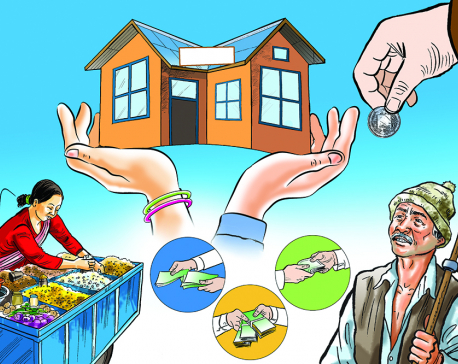
Pathway to prosperity
In the 1980s, an average Chinese or Indian was as poor as an average Nepali. Today, an average Chinese... Read More...
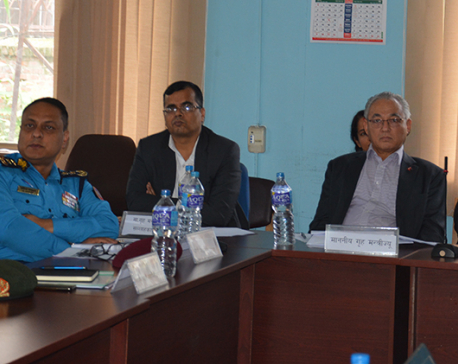
Peace and security crucial for prosperity: Minister Thapa
KATHMANDU, July 29: Minister for Home Affairs Ram Bahadur Thapa on Monday has said that peace and security are crucial... Read More...

Country awaiting prosperity: Leader Nepal
BARDIBAS, September 10: CPN (UML) leader Madhav Kumar Nepal said only thing the country was waiting desperately was prosperity. ... Read More...

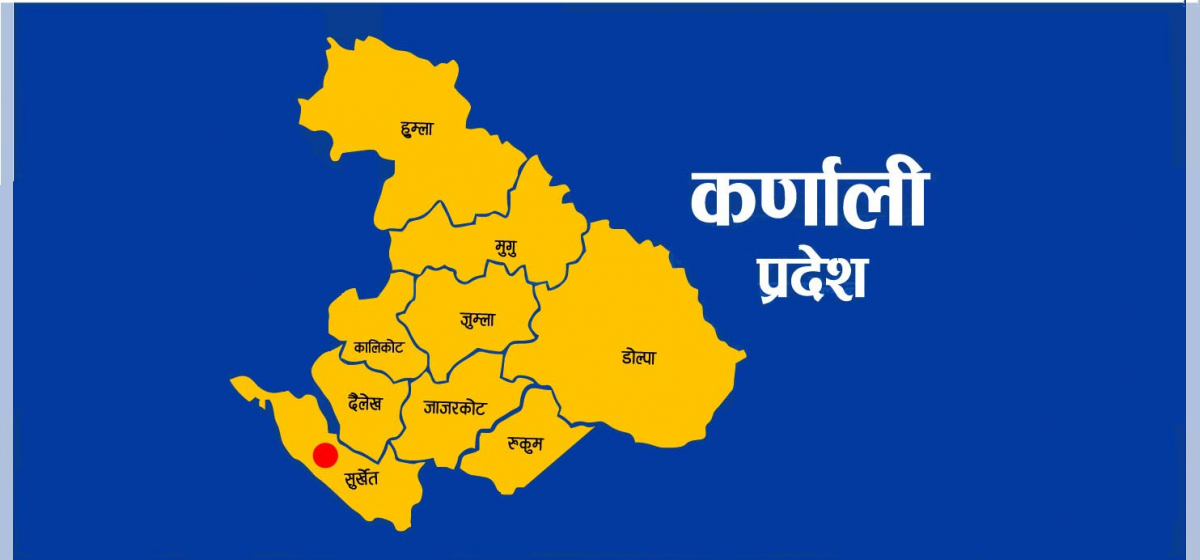

Just In
- Govt fails to adopt podway technology despite its potential in Nepal
- Jhulaghat border crossing in Baitadi to remain closed from this evening
- Universities will be free from partisan interests: Education Minister
- CIAA files cases against five, including ex-chief of Social Development Office Dolpa
- Kathmandu witnesses surge of 2,000 new commercial bank branches in six years
- Crops and livestock special production zone scheme implemented in 10 districts of Karnali
- Rising food prices cause business slowdown
- Madhesh Province Assembly meeting postponed after Janamat’s obstruction



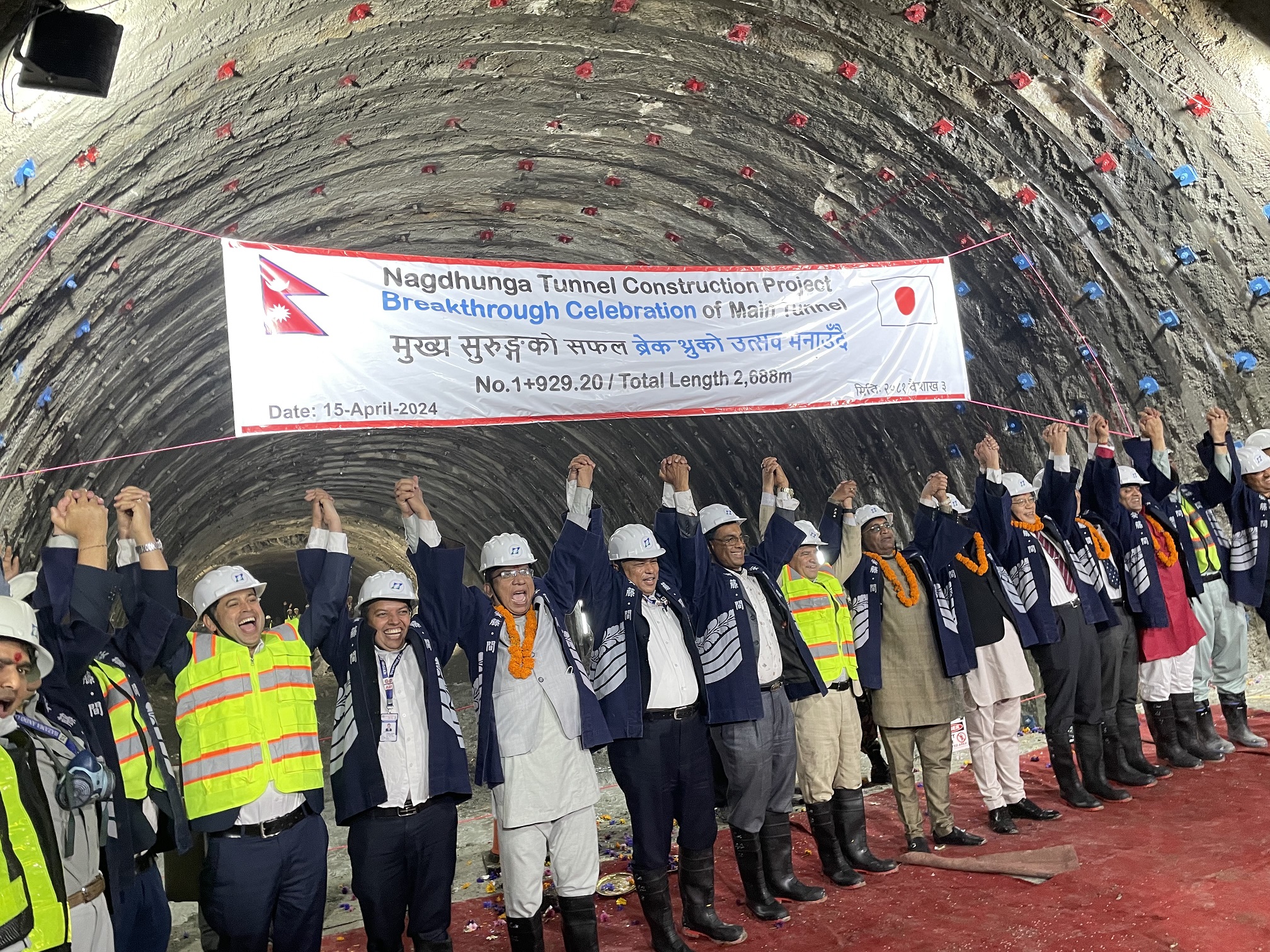



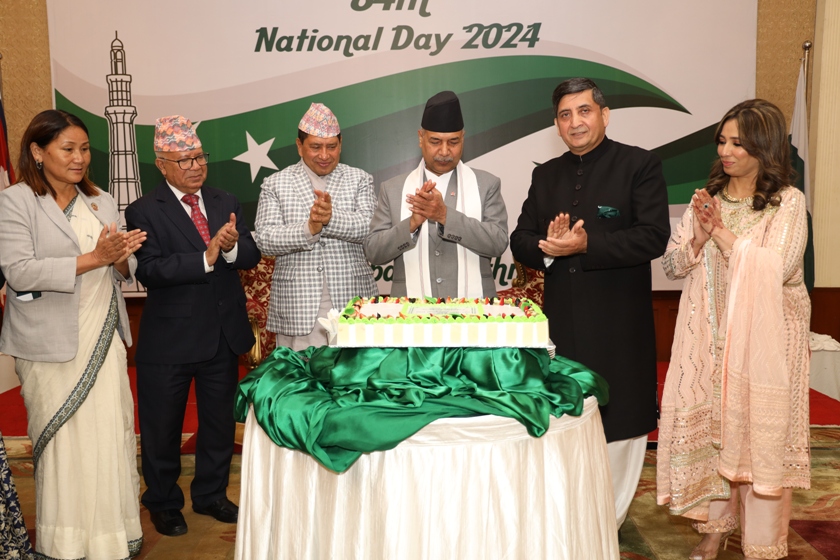

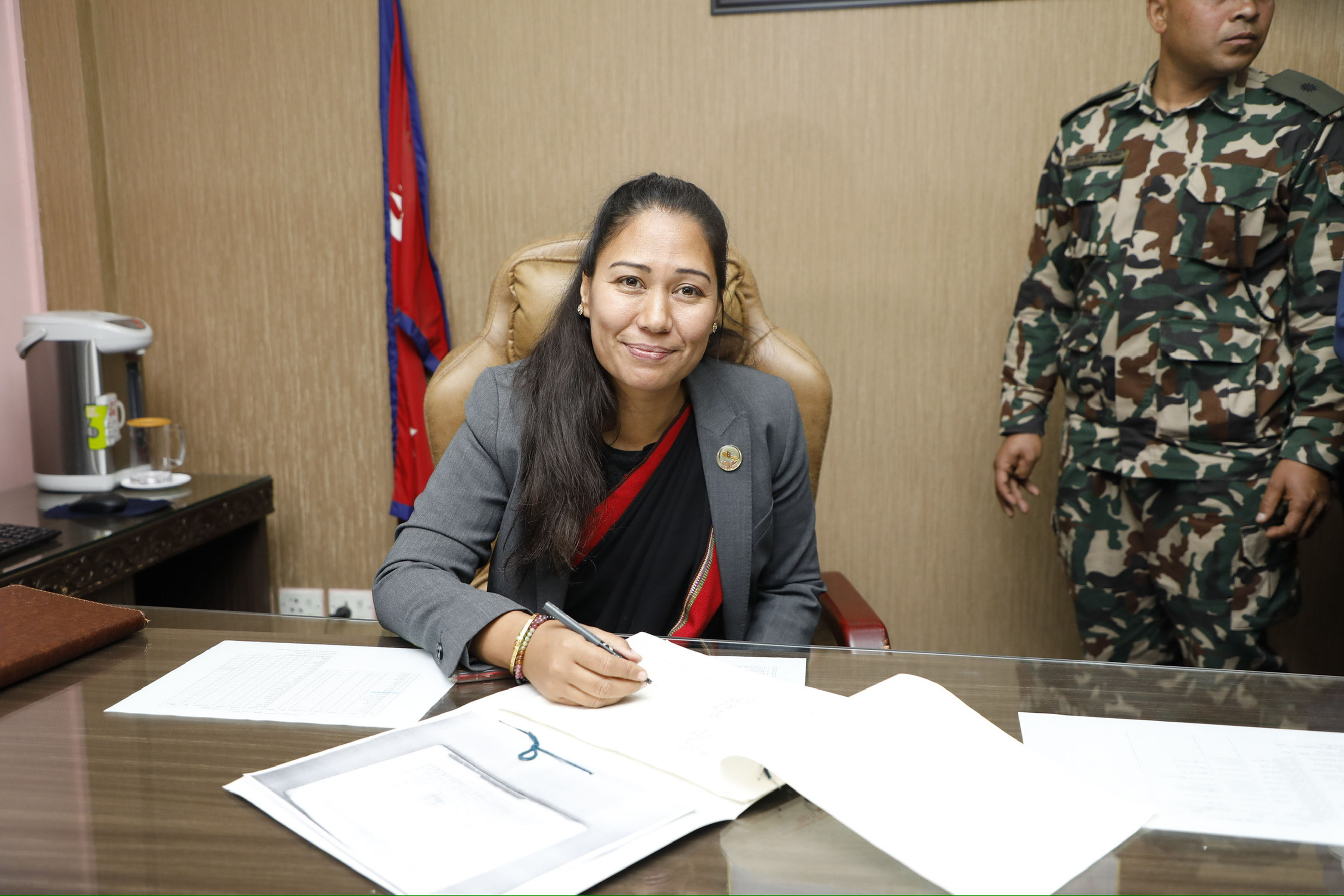



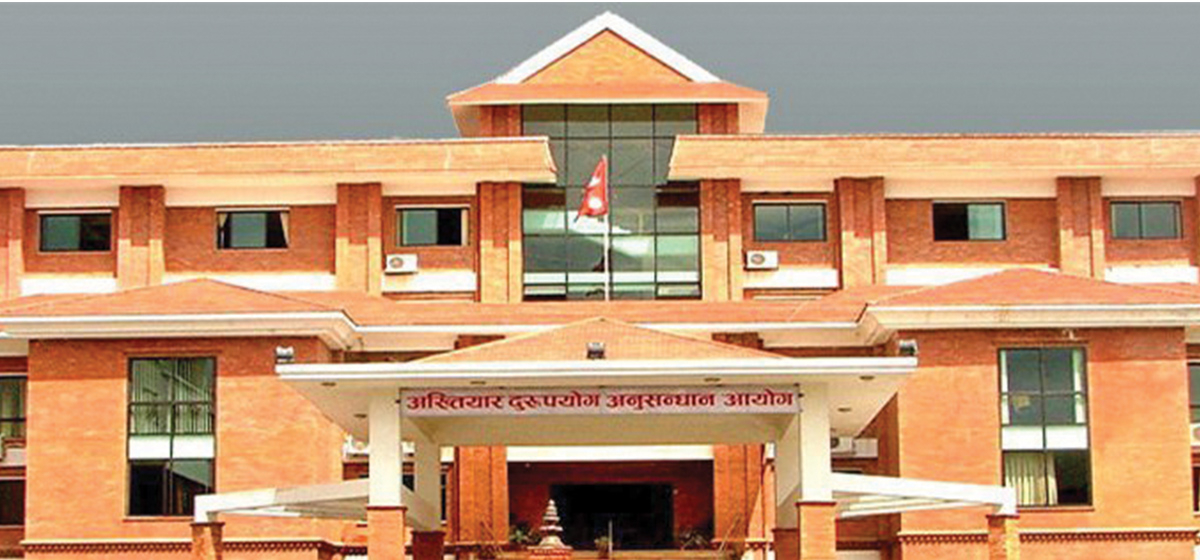

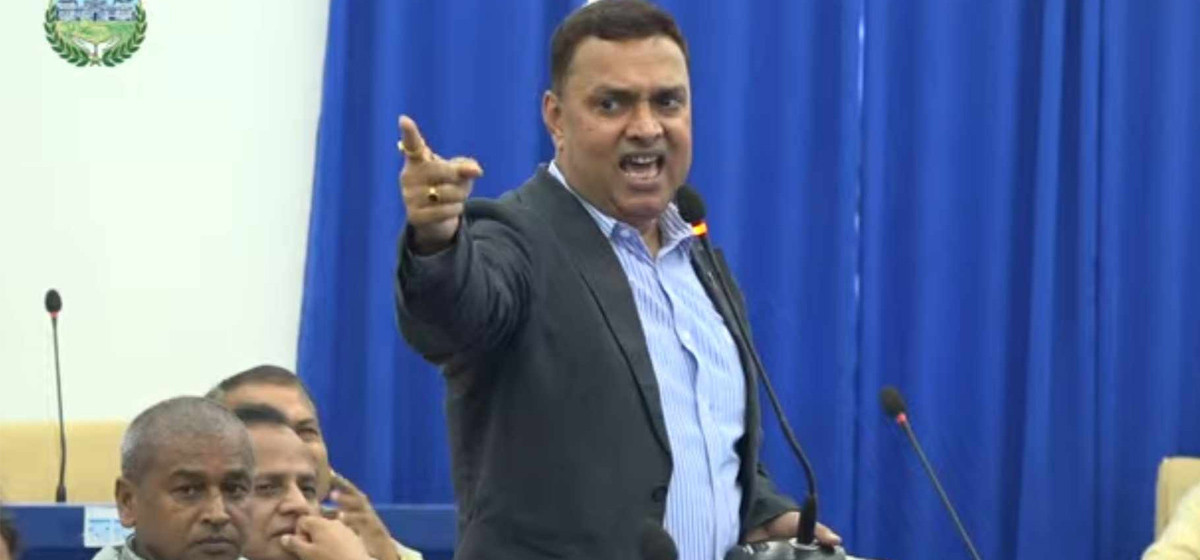
Leave A Comment